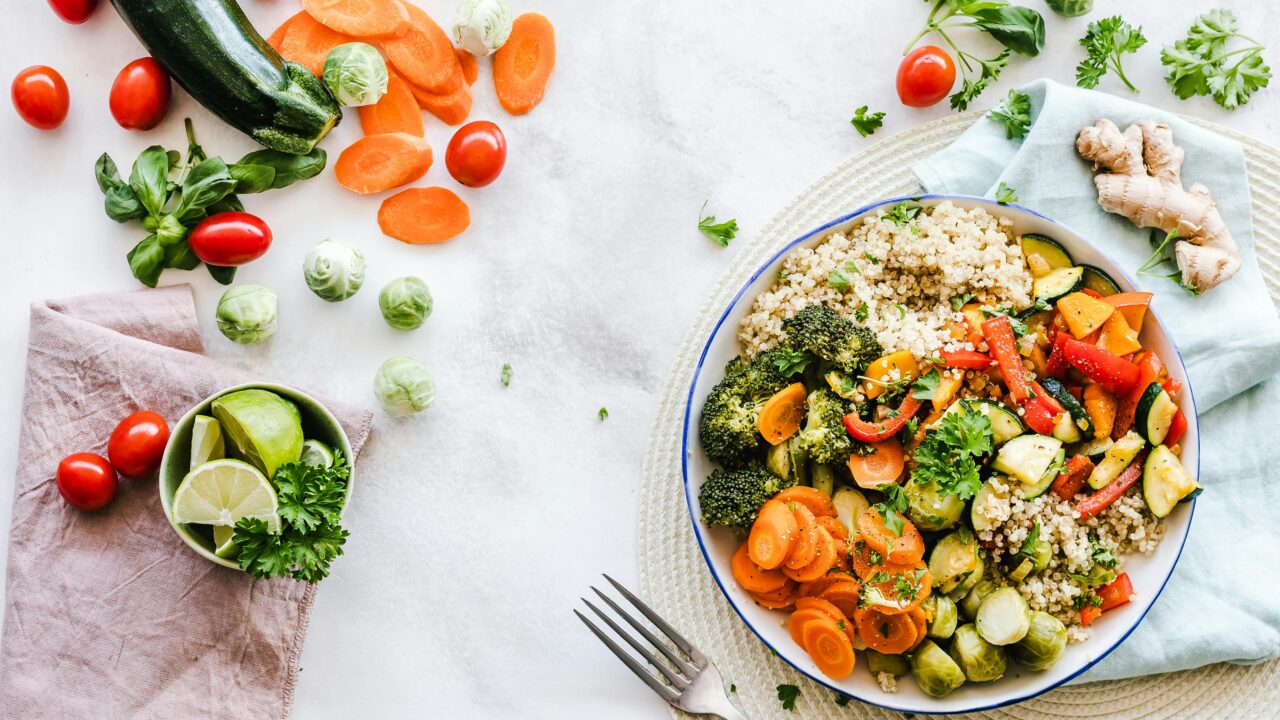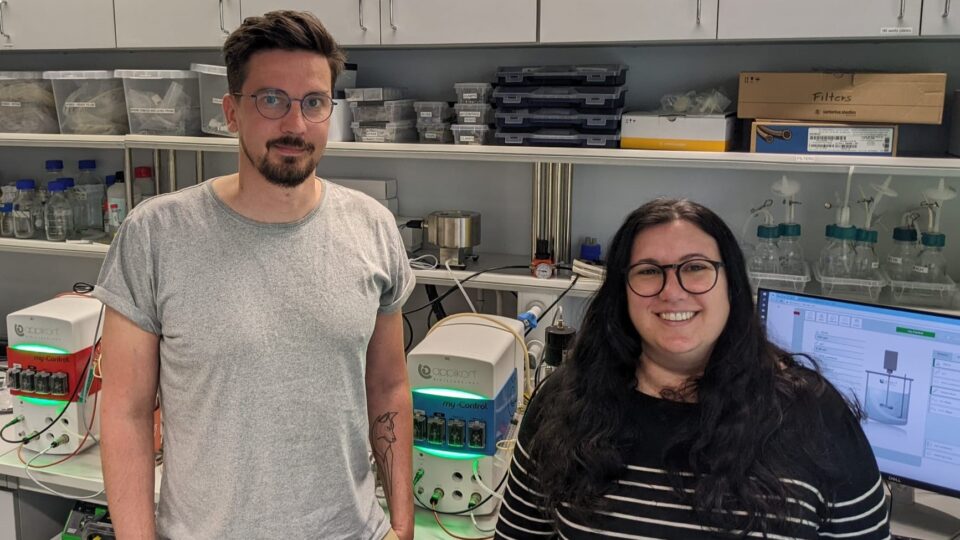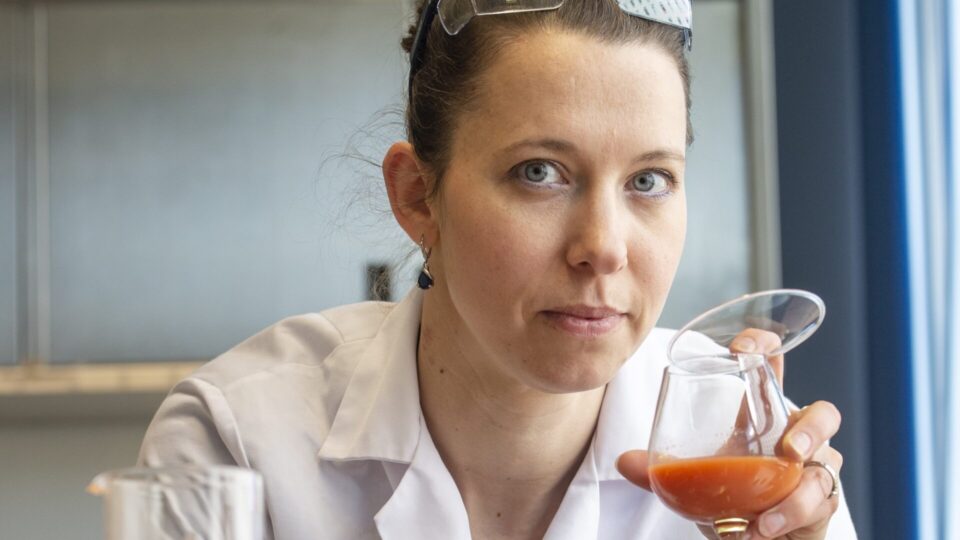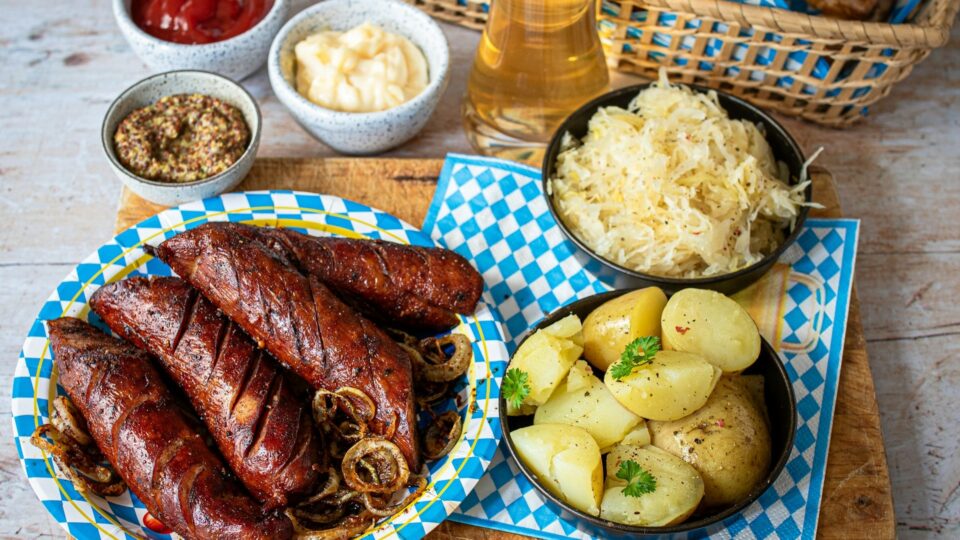What if a computer could help us decide what to eat, not just to improve our health, but also to protect the environment? That’s the idea behind our recent research, which uses data and computer modelling to find practical ways to make diets in Estonia healthier and more sustainable.
What if a computer could help decide what we should eat – not just to improve our health, but also to protect the environment? This is the question at the heart of a recent study by the Center of Food and Fermentation Technologies (TFTAK) and TalTech. Using data and computer models, we explored practical ways to make the diets of Estonian people both healthier and more sustainable.
We all make food choices every day, but together those choices add up to big impacts. Around 40% of the world’s land is used to grow food, and much of that is tied to producing meat and dairy products. Also, around one third of GHG emission globally is due to the food production system. This puts pressure on nature, reducing forests, increasing pollution, and harming biodiversity.
Also, around one third of GHG emission globally is due to the food production system. This puts pressure on nature, reducing forests, increasing pollution, and harming biodiversity.
In Estonia, we eat a lot of animal-based foods. On average, Estonians consume about 70 kilograms of meat each year, nearly a world record, and far above what’s recommended for good health. We also eat more than twice the recommended amount of protein. While this might seem like a sign of prosperity, it’s not without consequences. Diets high in red meat and processed animal products are linked to higher risks of heart disease and cancer. And from an environmental point of view, they require a lot of land, water, and resources to produce.

How can we eat in a way that benefits both our health and the planet? Researchers from TFTAK and TalTech used computer models to identify sustainable and healthy eating patterns – small changes with a big impact. Photo: Pexels
Smarter food choices – more sustainable land use
Our research team in TFTAK and Tallinn University of Technology (TalTech) wanted to know: can we design a diet that’s better for the environment, still healthy, and acceptable to people? We used optimization models to explore this question. These models looked at what Estonians currently eat, the environmental impact of those foods, and the nutritional needs of adults. Then, we asked the computer to suggest diets that are more sustainable while staying as close as possible to what people are already used to eating.
The results were hopeful. If people in Estonia made small and realistic changes to their diet, like eating a bit less red meat and dairy, and more cereals, potatoes, and vegetable oils, we could cut the amount of land needed for food by 15%. And that’s without completely giving up any food group or drastically changing the diet overnight.
If people in Estonia made small and realistic changes to their diet, like eating a bit less red meat and dairy, and more cereals, potatoes, and vegetable oils, we could cut the amount of land needed for food by 15%. And that’s without completely giving up any food group or drastically changing the diet overnight.
We also tested more ambitious changes. In the best-case scenario, the diet we created used 56% less land than the current average diet. This version involved significantly reducing meat and dairy and replacing them with more plant-based options like nuts, pulses, and grains. But we understand that not everyone will switch to such a diet immediately. That’s why we focused on solutions that could be phased in slowly, over 10 years, for example, giving people time to adjust.
In a second study, we took things further by including more types of environmental impact, such as greenhouse gas emissions, water use, and pollution from farming. To keep things simple, we created a combined environmental score for each type of food. This way, we could find diets that didn’t just reduce land use but also had a lower footprint overall.
Even with all these extra goals, we found it’s still possible to improve the environmental impact of our diets without making extreme changes. In fact, some of the best options were very similar to what many people already eat, just a bit more balanced, with less emphasis on high-impact animal products.
Even small steps make a difference
The good news is that we don’t need to make perfect choices to see big benefits. Even small steps, like eating a little less red meat or choosing more plant-based meals a few times a week, can help lower our environmental footprint and improve public health.
Our studies show that science and technology can support better decisions about food, not by forcing people to eat one specific way, but by offering realistic and flexible options. And while our focus was on Estonia, this approach can be used in other countries too.
In the end, eating well isn’t just about taste or tradition. It’s also about taking care of ourselves and the planet we all share. With the help of modern tools and a little guidance, we can move toward diets that are good for our bodies and our future. If you are interested in changing your diet, we would like to invite you to check food alternatives that our food technologists are developing in TFTAK.
In the end, eating well isn’t just about taste or tradition. It’s also about taking care of ourselves and the planet we all share. With the help of modern tools and a little guidance, we can move toward diets that are good for our bodies and our future.
You can explore the food alternatives developed by food technologists at TFTAK here.




